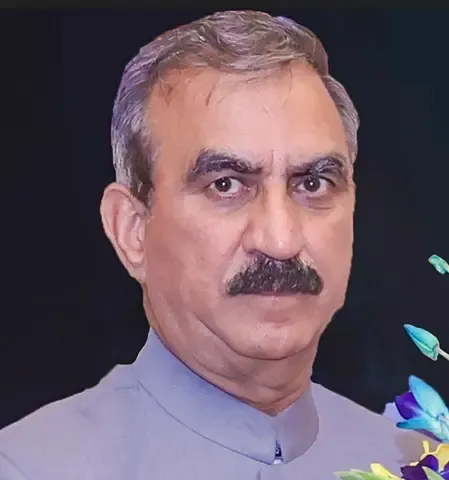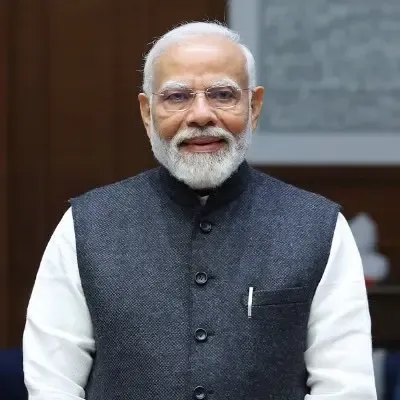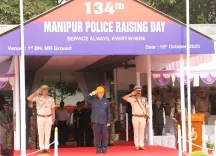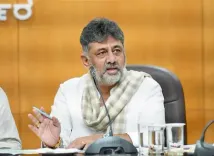How is Himachal Pradesh Enhancing Tribal Development?

Synopsis
Key Takeaways
- Investment of over Rs 3,000 crore in tribal development by Himachal Pradesh.
- More than 35,000 families have benefitted from enhanced infrastructure and services.
- Focus on healthcare, education, and livelihood programs.
- Implementation of the Vibrant Village Programme for border area development.
- New Eklavya Model Residential Schools are being established to improve education access.
Shimla, Oct 19 (NationPress) The government of Himachal Pradesh is making significant strides in tribal development, having invested over Rs 3,000 crore in the last two-and-a-half years, as reported by government officials on Sunday.
This investment has positively impacted over 35,000 tribal families by enhancing infrastructure, improving access to education and healthcare, launching livelihood generation programs, and providing better social services, according to an official statement.
New roads, bridges, residential schools, and health facilities, along with community-centered initiatives, are progressively reshaping the socio-economic environment of the state.
The Tribal Area Development Programme is being executed with robust financial backing, featuring budget allocations of Rs 855 crore for 2022-23, Rs 857.14 crore for 2023-24, Rs 890.28 crore for 2024-25, and a proposed Rs 638.73 crore for 2025-26.
Major infrastructure projects, including roads, bridges, and public buildings, received Rs 290.58 crore in 2022-23, Rs 287.99 crore in 2023-24, and Rs 62.92 crore in 2024-25, with Rs 125.06 crore earmarked for 2025-26.
Recognizing the challenges of delivering services in remote, high-altitude areas, the state government has enhanced basic public services in isolated villages.
Upgraded health sub-centres, the deployment of mobile outreach and referral units, and improvements in drinking water and electricity supply have all contributed to more reliable services.
Livelihood initiatives connected to horticulture, animal husbandry, and the value addition of local products have helped stabilize the incomes of tribal households, the statement noted.
Under the Vibrant Village Programme, 75 frontier habitations in Kinnaur, Pooh, and Spiti have been identified, and development plans are being formulated to enhance infrastructure, social services, and economic opportunities in border areas.
Progress has already begun on connectivity, housing, and community assets in these villages.
Education has also been prioritized, with four Eklavya Model Residential Schools in Nichar, Bharmour, Pangi, and Lahaul currently serving 1,008 students, with an annual addition of 150 new admissions to Class 6.
Construction of new school and hostel complexes in Pangi and Lahaul is in progress, with Rs 2 crore and Rs 1.90 crore already allocated, respectively.
The state government has exceeded its targets under the 20-point programme, covering 7,502 families in 2022-23, 8,598 families in 2023-24, and 12,663 families against a target of 6,573 in 2024-25, nearly doubling the goal.
For 2025-26, the target stands at 6,314 families.









